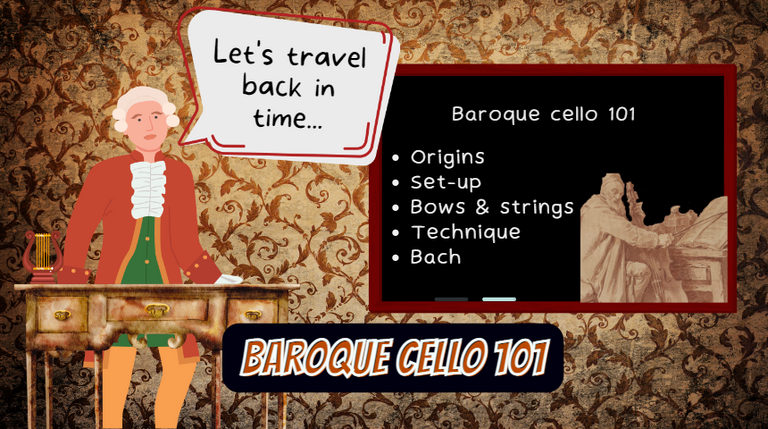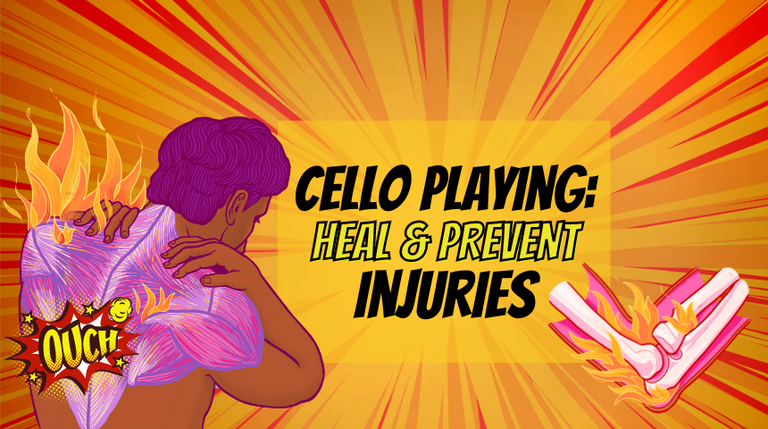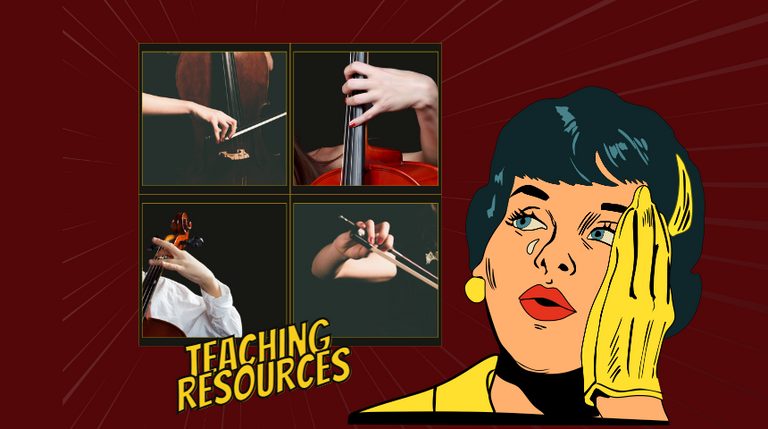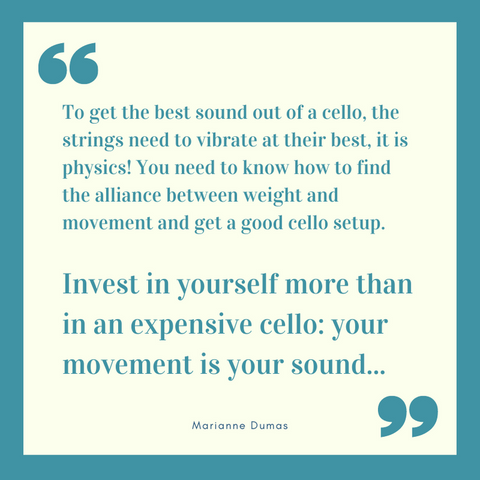Cours de violoncelle en ligne
Want to join?5 reasons to study Cello Online
- Closer view thanks to different webcam angles. You see even better than in-person class
- Time saver, you don't lose time unpacking & packing, transportation and can warm-up.
- From your practice room -> perfect during Covid-19 pandemia
- You can watch the video of your class as many times as you want.
To see the list of classes and plans: Click Here
...
About the cello Institute Online for #cellonerds
About me Research, teaching, performance, recording
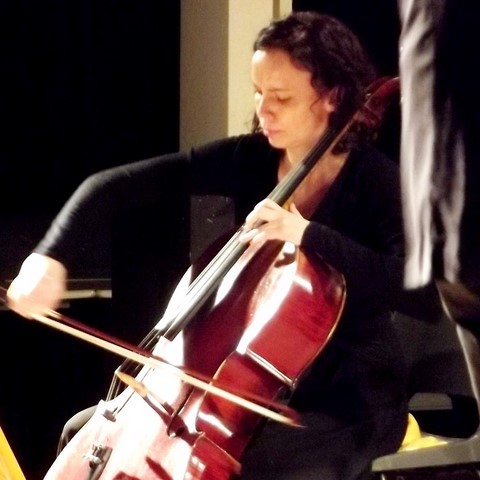
.
How I started working online...
How do I work?
- heal from injuries / pain
- find more sound
- less tension during playing
- improve intonation
- develop different vibratos
- master your bowing technique
- play faster
- find freedom during performance.
What you need...
- A good internet connection.
- Zoom settings : the most important is deactivating the "remove background noise" in the sound settings. A computer is better than an ipad, but we can start with your ipad if you prefer.
.
DEVELOPPING BIOMECHANICSstarted 20 years ago with.... a tendinitis!
During my undergraduate studies (in 2000) I had tendinitis problems. My teacher didn't know how to help me even if he was (and still is) wonderful cellist and teacher. I was lucky and got recommended to "Clinique du musicien" in Paris where I could find the cause and work on my posture so it would never happen again. My pain was caused by my shoulder blades + the arches of my left hand. I spent 3 months doing all the exercises, 3 months later I started changing my posture with the cello, and 6 months later I was playing the whole Shostakovitch concerto without any pain!
Since then I haven't had any injury, I recorded the 6 Bach Cello Suites, I keep performing, playing for hours pain free ever since.
I noticed that I had a lot more sound, and my left hand technique was much stronger.
Using your body in an optimal way opens a lot of new doors.
This experience made me realise that if I could improve so much by changing my posture there was probably a lot to keep exploring in the body-mind field...
2. Body-Mind connection
"Make the impossible possible
The possible easy
And the easy elegant"Moshe Feldenkrais
While I was studying in Pittsburgh (USA), I heard about Kay Miller and the Core Somatics Institute. Kay was the Founder and Executive Director of the Institute, her aim as a thearpist was to enable people to reach their physical and mental potential by working on the mind-body connection. In addition to The Arts Therapies, she was a certified in the Rubenfeld synergy method, Feldenkrais Method®, and also received her Gestalt training in the three-years postgraduate program at the Gestalt Institute of Cleveland.
I spent 5 years working with her. Our sessions were as important as my cello lessons (I remember also bringing my cello). You can practice technique for hours but practicing awareness made it a lot more efficient, the Feldenkrais Method made me more aware of the movement, this therapy also helped me with interpretation, I was more connected to my own body but also to my inner voice.
But in order to let that inner voice speak one has to understand breathing...
3. Breathing and interpretation: inner-voice and cello playing
Back in Europe I worked with a private coach from Paris in Sofrology and Yoga. Breathing is the basic of all. It is what makes our body function, our voice, movement. Sofrology was also very helpful for concentration, performance and self esteem. She was the one who introduced me to yoga. Synchronizing your breathing with your movement is also a key cello playing.
4. The cello, understanding the instrument
After spending 14 years digging into the influence of the body and the mind in our playing, I decided to explore more into the instrument; from the origins of the cello and the first cellists until nowadays.
Three years later I feel that I have a deeper understanding of the cello, I found my missing answers by looking into history, also noticed that the political and social context had an influence on the mind of the players, and by consequences on the way of playing and set up of the cello. (also recorded the Bach Cello Suites with full baroque set up)
5. Sharing with other cellists
What was a personal research turned out as something I like to share with my students and colleagues. If it can be useful to other cellists why keeping it for me?
.
